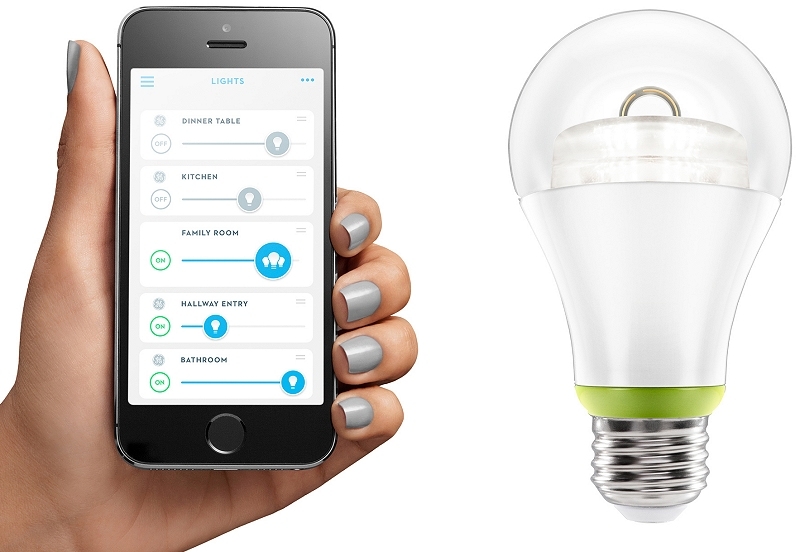
Slowly but surely, smart LED light bulb technology is becoming more affordable. Leading the charge at present is GE with their recently-announced Link connected LED bulb starting under $15.
Built in partnership with design specialist Quirky, the Link LED bulb offers the same type of benefits you'd find in other connected bulbs. Using the companion Wink app, users can turn the bulb on or off remotely and even program the light source to turn on or off at certain times (to simulate sunrise in the morning, for example).
The Link will be available in three different variants: a 60-watt model for table and floor lamps, an indoor LED floodlight and a combination indoor and outdoor spotlight LED. As mentioned above, pricing starts at $15 and scales up to $25 per bulb - still far cheaper than competing options like the Philips Hue.
It is worth pointing out, however, that you'll also need to spend $30 for a Gateway Hub - the bulbs won't function properly without it. The good news is that the hub can be purchased as part of a Starter Kit that includes two Link bulbs for $49.
The Link won't be available until this fall in Home Depot stores and via their website. But in the meantime, interested parties can pre-order the bulb online as of writing.
Have you jumped on the smart light bulb bandwagon yet? If so, share your experience in the comments below!
https://www.techspot.com/news/57288-ge-to-launch-affordable-link-smart-led-bulb-this-fall.html